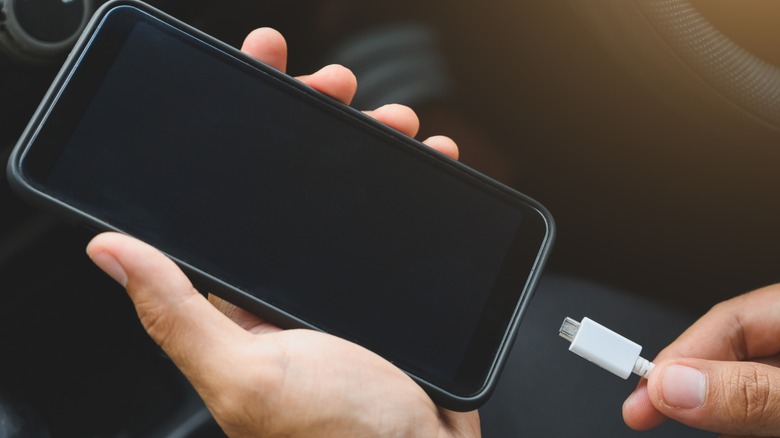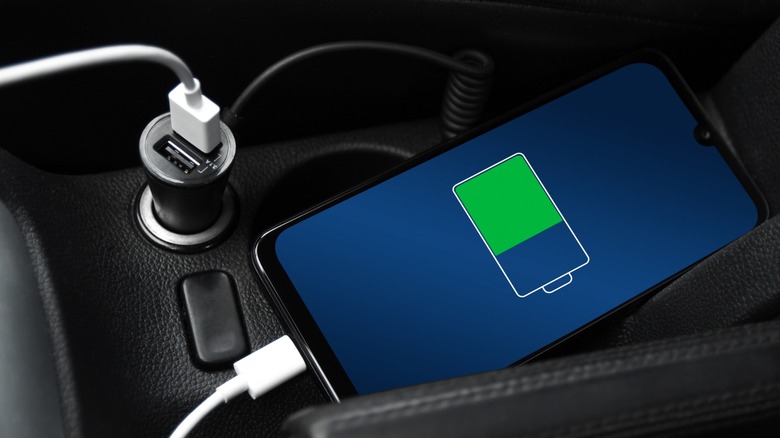12V DC Car Charger Vs Built-In USB Ports: Which Will Charge Your Phone Faster?
There are very few things as annoying as your phone battery draining in the middle of a drive, especially when you need it to find your way around. You reach across for your power bank, only to realize it's dead. Or worse, you don't even have one. (Let this be your sign to finally get a good portable power bank.) So, like most people, you turn to your car's built-in USB port, expecting a quick top-up. But then you wait and wait and wait for your phone to even power on. Meanwhile, whenever you use a regular socket at home, your phone usually kicks on after just a few seconds.
Well, that's because not all charging options are the same, not even in your car. While built-in USB ports are convenient, they tend to be painfully slow. That's because many automakers limit the output to around 0.5 to 1.0 amps at 5 volts which is roughly the same as an old USB 2.0 port on a laptop. That typically gives you only 2.5 to 5 watts of charging power.
If you're running Google Maps, streaming music over Bluetooth, or even just have a few apps running in the background, your phone might not gain much charge at all. In fact, it might keep draining even while plugged in. Now, some newer vehicles have upgraded to USB-C charging ports that can deliver closer to 2.1 amps or even 3.0 amps at 5 volts, which is better but not the best you can get out of your car.
A quality 12V DC charger will charge your phone faster than a built-in USB port
The 12-volt socket (what we used to call the cigarette lighter) can deliver way more power than most built-in USB ports, depending on the charger you plug in. A good-quality 12-volt charger can easily output 2.4 amps per port at 5 volts, and many newer models support Quick Charge (QC) 3.0 or USB Power Delivery (PD), which boost the voltage up to 9 volts or even 12 volts. That translates to up to 18 watts per port which is more than three times what many factory-installed USB ports offer.
With that kind of power, you can bring a dead phone to 50% in about 30 minutes, as long as your phone supports fast charging. If it's multi-port, you can even charge other devices at the same time, like your tablet or a running dash cam. Built-in USB ports are fine for light topping up, but if you rely on your phone for GPS, streaming, or hands-free calling during long drives, a 12-volt charger is the more reliable option. It simply delivers the speed and consistency your phone needs to stay powered without lag.
That said, not all 12-volt chargers will give you the same result. Go for something from a reputable brand. In fact, take your time to look for chargers that explicitly support USB-PD or Quick Charge 3.0/4.0, and don't forget to check for reviews online. Remember: Even the best charger won't make much of a difference if your cable is slow. Fast chargers need fast cables. So, replace any old cords with ones that are from a trustworthy brand and rated for fast charging — and don't forget to get an adapter as well. You'll be glad you did.

